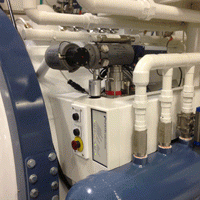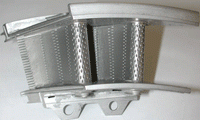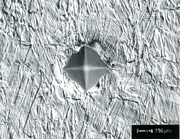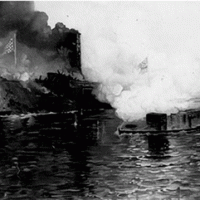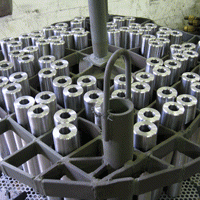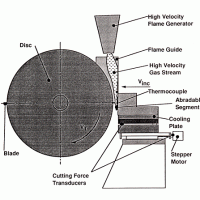A residual gas analyzer or RGA for short is a compact mass spectrometer, designed for use either in the laboratory or out on the shop floor. These devices are often mounted for in-situ use on a vacuum furnace. RGA’s are typically designed for process control and contamination monitoring in vacuum systems.
Applications for residual gas analyzers include distinguishing leaks from outgassing, fingerprinting the process background, detecting helium and determining the effectiveness of gas line purging. A typical RGA gas analysis can reveal how much of a particular species is present either in the vacuum vessel or in the pump manifold. RGAs are used in most cases to monitor the quality of the vacuum and easily detect minute traces of impurities in the low-pressure gas environment. These impurities can be measured down to 10-14 Torr levels, possessing sub-ppm detectability in the absence of background interferences. RGAs can also be used as sensitive in-situ, helium leak detectors. With vacuum systems pumped down to lower than 10-5 Torr for checking of the integrity of the vacuum seals and the quality of the vacuum to detect air leaks, virtual leaks and other contaminants at low levels before a process is initiated.

